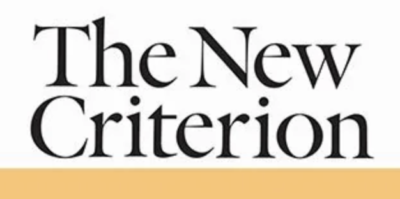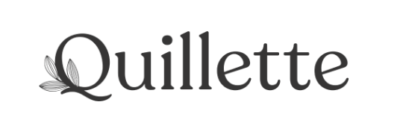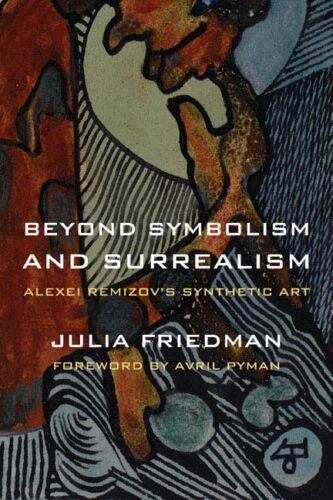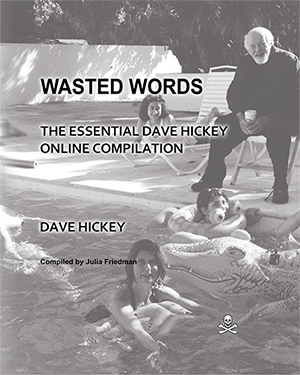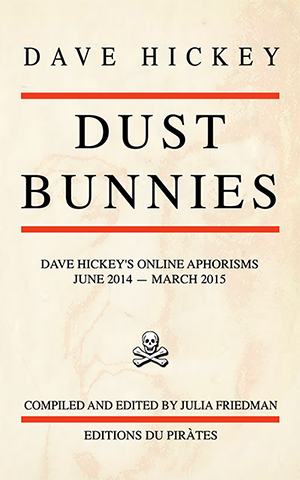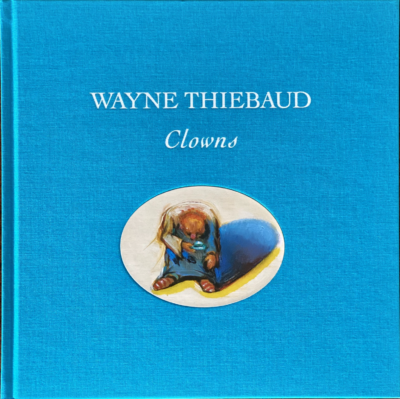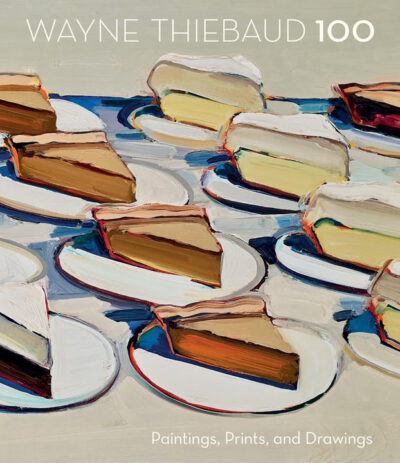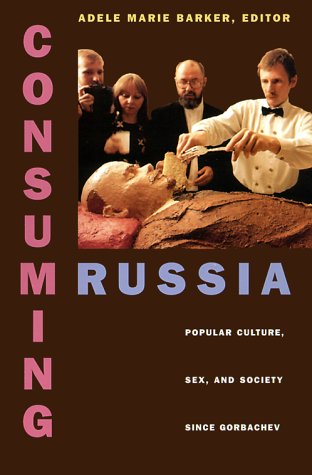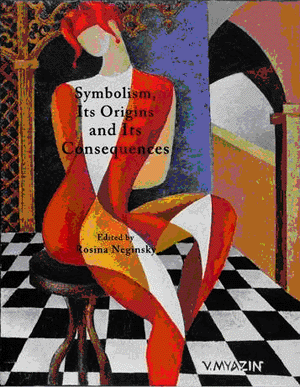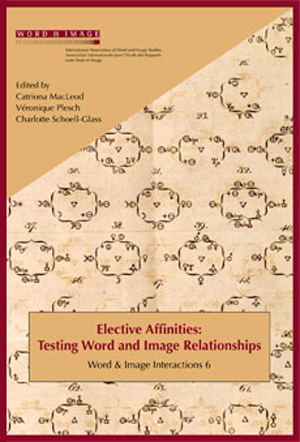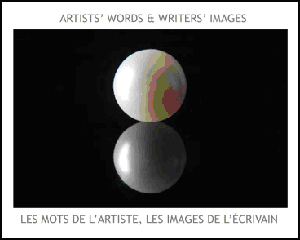Philip Guston (Not) Now: the Impact Argument
October was a watershed month for the museum world. A week before the month started, the National Gallery of Art announced that the long-anticipated Philip Guston retrospective, already delayed because of pandemic-related closures, was to be postponed for another four years, until the summer of 2024, for reasons that could be best described as ideological. By the end of the month, the administration’s decision to postpone was amended with a new date of 2022, now two years out. The initial postponement prompted an impressive public pushback, which likely caused the NGA to cave in, offering a compromise date. I attempted to explain what had happened, and why, in an essay recently published by the Athenaeum Review.
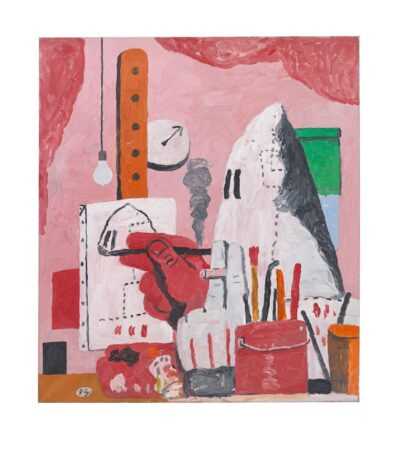
“If considerations of “impact” supersede considerations of merit in the choice of the art, then the Directors were absolutely right to halt the show because some of the work, according to the “impact” argument, is unpalatable for consumption within a culture that prioritizes viewers’ emotional safety. But should the argument that is at the base of the “Philip Guston Now” postponement become a precedent, then art museums will be transformed into consciousness-raising platforms where ideological considerations will overtake aesthetics and art history. This path had already been trodden by the infamous 1937 Degenerate Art exhibition mounted in Munich, where the public was “educated” on the art of modernist decay, with the help of derogatory wall texts aimed to reveal the ideological misdeeds of the painters who dared to distort color and human form. That exhibition was built on the premise that modernist art was harmful to the spirit and body of the German people. Its potential harmful impact was to be mitigated with the proper ideological framing of the offending artwork.”


